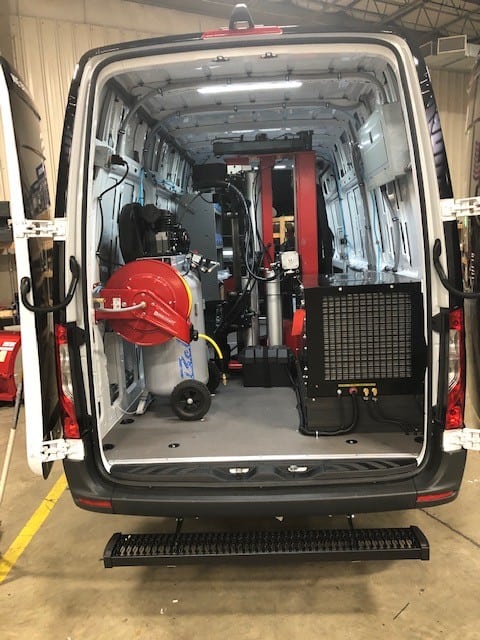Tire Solution: Proven Techniques for Optimal Tire Upkeep and Care
Keeping ideal tire problem is vital for both safety and security and performance of any automobile. From making sure correct tire pressure to normal rotation and placement, there are tested methods that can substantially expand the life-span of your tires and enhance total driving experience. As we explore the details of tire treatment and maintenance, we will discover important guidelines that every car owner need to follow for the ideal possible results. Allow's explore the globe of tire solution and uncover the secrets to keeping your tires in superior form for the long haul.
Value of Tire Stress
Correct tire stress is a crucial consider making sure optimum vehicle efficiency and security when traveling. Maintaining the suggested tire pressure levels offered by the producer provides countless advantages. Adequate tire pressure advertises better fuel efficiency, as under-inflated tires can lead to enhanced rolling resistance, triggering the engine to work tougher and consume even more fuel. Second of all, correct tire stress makes sure even step wear, improving tire longevity and saving cash over time by postponing the requirement for premature replacements. Furthermore, correctly pumped up tires add to boosted handling and braking abilities, essential for secure driving in different roadway conditions. Over-inflated tires, on the various other hand, can result in reduced grip and a harsher adventure. Alternatively, under-inflated tires are prone to overheating, which can result in crashes and blowouts. Consistently checking and readjusting tire stress, specifically previously lengthy journeys, is a basic yet reliable way to enhance car performance, prolong tire life-span, and focus on safety on the roadway.
Tire Rotation Standards
When taking into consideration tire rotation guidelines, it is vital to comprehend the significance of this maintenance task in taking full advantage of tire lifespan and preserving optimum car performance. Tire rotation includes transforming the placement of each tire on a car to make sure also step wear. Front tires often tend to put on faster than rear tires as a result of steering pressures, making regular rotation important for balanced wear patterns. The suggested rotation pattern differs depending on whether a vehicle is front-wheel, rear-wheel, all-wheel, or 4x4. Generally, tires must be turned every 5,000 to 7,500 miles, or as suggested in the automobile handbook. Disregarding tire turning can lead to unequal wear, impacting handling, grip, and potentially compromising car security. By sticking to correct rotation guidelines, chauffeurs can extend the life of their tires, improve fuel effectiveness, and boost overall driving experience. Routine rotation is an easy yet reliable maintenance method that contributes considerably to tire durability and automobile efficiency.

Advantages of Wheel Alignment
Guaranteeing correct wheel placement after tire turning is critical for maintaining balanced wear patterns and maximizing automobile efficiency. In addition, correct wheel placement assists to extend the life-span of your tires. Misaligned wheels can trigger irregular tire wear, leading to early tire substitute and increased maintenance prices.
Tire Tread Deepness Check
Performing a routine inspection you could try here of tire walk depth is crucial for keeping secure driving problems and extending the life expectancy of your tires. Irregular tread wear can suggest concerns with tire alignment, suspension, or pressure, highlighting the significance of normal tread depth checks. By integrating tire step depth checks into your routine maintenance schedule, you can drive with confidence recognizing that your tires are in leading problem.
Seasonal Tire Examination
Seasonal tire evaluation is a fundamental facet of tire maintenance that makes certain tires are prepared to face the challenges positioned by various weather condition problems. In preparation for winter months, it is necessary to examine the tire stress consistently as cool temperature levels can trigger tire stress to go down. By conducting routine seasonal tire inspections, motorists can prolong tire life-span, boost gas performance, and most importantly, make sure a safe anchor driving experience my explanation in differing weather condition conditions.
Final Thought
To conclude, maintaining correct tire stress, revolving tires routinely, aligning wheels appropriately, monitoring tread deepness, and carrying out seasonal examinations are important practices for optimum tire treatment. By complying with these verified techniques, motorists can guarantee their tires last longer, execute much better, and add to total car safety. It is necessary to prioritize tire upkeep to avoid crashes, enhance fuel efficiency, and prolong the life-span of tires.
Adequate tire pressure promotes much better fuel efficiency, as under-inflated tires can lead to raised rolling resistance, triggering the engine to work harder and consume more fuel.When considering tire turning guidelines, it is crucial to recognize the importance of this maintenance task in taking full advantage of tire lifespan and maintaining optimal automobile performance. Seasonal tire evaluation is a fundamental facet of tire maintenance that makes sure tires are ready to face the difficulties posed by different weather problems. By conducting routine seasonal tire examinations, drivers can lengthen tire lifespan, enhance gas performance, and most importantly, guarantee a safe driving experience in varying climate problems.
In verdict, maintaining appropriate tire stress, revolving tires routinely, aligning wheels properly, monitoring tread depth, and performing seasonal examinations are crucial practices for optimal tire care.